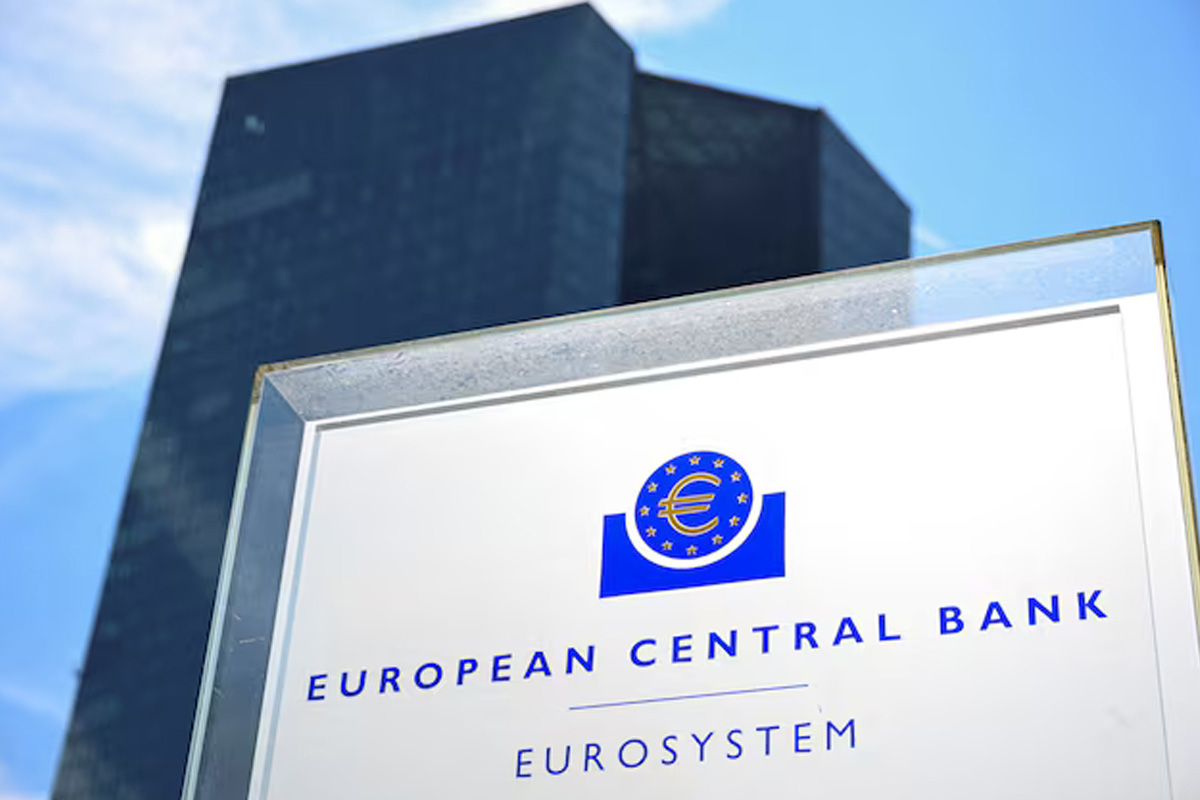The European Central Bank is almost certain to cut interest rates again on Thursday, but with inflation risks simmering despite anaemic growth, investors will be combing its message for clues on further easing.
The likely outcome is that ECB President Christine Lagarde will stick to the bank’s recent narrative that decisions are taken meeting by meeting, based on incoming data with no pre-commitments.
“While an October rate cut could happen … we think it is unlikely that the incoming information between the September and the October meeting will be sufficiently weak to bring an October rate cut in play,” Danske Bank’s Piet Haines Christiansen said.
NEW FORECASTS
That means few if any policymakers are likely to argue against further easing, with the key divide being just how quickly the ECB should move.
“Whilst we think the ECB is in no rush to cut rates, it also does not want to keep rates too high for too long,” Pimco portfolio manager Konstantin Veit said. “We continue to envision that the ECB will cut rates at staff projection meetings, and anticipate its third cut in December.”
Hawkish policymakers have made clear that they see quarterly rate cuts as appropriate, since key growth and wage indicators – which inform the ECB’s own projections – are compiled every three months.
Lagarde’s main task in her 1245 GMT news conference will be to keep all options on the table without stoking expectations for October.
“For now, we believe the quarterly rate cut path will hold, with domestic inflation and underlying labour cost pressures still too high for comfort,” Societe Generale’s Anatoli Annenkov said.
TECHNICAL RATE CUT
With Thursday’s move, the ECB’s deposit rate will fall by 25 basis points to 3.5%. The refinancing rate is meanwhile likely to fall by a much bigger 60 basis points in a long-flagged technical adjustment.
The gap between the two interest rates has been set at 50 basis points for years and the ECB announced plans in March to narrow this corridor to 15 basis points from September in a move that could eventually rekindle lending between banks.
For now, banks are sitting on 3 trillion euros of excess liquidity and deposit this with the bank overnight, making the deposit rate in effect the ECB’s main policy instrument.
Over time this liquidity should dwindle, pushing banks to borrow again from the ECB at the refinancing rate, traditionally the central bank’s benchmark interest rate.







